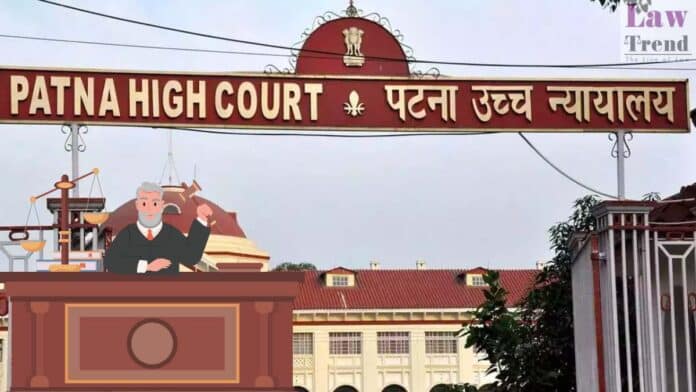In a crucial judgment, the Patna High Court acquitted Umesh Sharma, who was previously sentenced to life imprisonment for allegedly murdering his wife, Parwati Devi, citing a lack of foundational evidence from the prosecution. The court ruled that in cases involving dowry-related deaths, the prosecution cannot rely solely on Section 106 of the Evidence Act,
To Read More Please Subscribe to VIP Membership for Unlimited Access to All the Articles, Download Available Copies of Judgments/Order, Acess to Central/State Bare Acts, Advertisement Free Content, Access to More than 4000 Legal Drafts( Readymade Editable Formats of Suits, Petitions, Writs, Legal Notices, Divorce Petitions, 138 Notices, Bail Applications etc.) in Hindi and English.




